Outer Space & Universe
Outer Space & Universe
Space, also known as outer space, is the near-vacuum between celestial bodies. It is where everything (all of the planets, stars, galaxies and other objects) is found.
On Earth, space begins at the Kármán line (100 km above sea level). This is where Earth's atmosphere is said to stop and outer space begins. This is not a firm boundary but is a convention used by scientists and diplomats.
Items in space are free to move back and forth; up and down; and left and right. These three dimensions are what make 3D space. Items also move forward through time, which is sometimes called the fourth dimension.
The majority of space contains very little matter and so most of it is a vacuum. Scientists do not know how big space is but we do know that space is extremely big, and is always expanding.
According to the big bang theory, all matter and energy in the Universe was compressed into a very small space. Then it exploded and started expanding. Space is still growing in size today; this means the distance from one galaxy to distant galaxies is getting longer.
Gravity is the force that keeps the Moon in orbit around the Earth and the planets in orbit around the Sun. Gravity can stretch and bend space similar to how a heavy ball placed on a stretched sheet of rubber will cause the rubber to stretch. The scientist who discovered that space can bend is named Albert Einstein. How gravity bends space is part of his theory of general relativity.
Astronauts, Cosmonauts, Taikonauts and Spationauts
An astronaut is any person who is trained by NASA to travel and perform tasks in space. Although the space traveler may not necessarily be a United States citizen, each astronaut does go through a rigorous training regiment by the National Aeronautics and Space Administration. Other space travelers go by other names then astronaut depending on their country of origin.
In the United States, astronaut is derived from the Greek words ástron (star) and nautis (sailor). While, in Russia, a space traveler goes by the name космонавт (English: cosmonaut), which is derived from the Greek words kosmos (universe) and nautis (sailor). Westerners call a space traveler from China a taikonaut, based on the 1998 writings of Chiew Lee Yik and Chen Lan where the term tàikōng (great emptiness), Chinese for “space”. In China, the term yuháng yuán (universe navigator) is used for space traveler.
Only the United States of America (United States), Russia (earlier, the Union of Soviet Socialist Republics), and the People’s Republic of China (China) have sent manned spacecraft into space. Other countries have assisted these countries by sending their own space travelers on space missions. For instance, a French space traveler is called a spationaut (from the French word spationaute), which is derived from the Latin spatium (space) and Greek nautis (sailor). (plural in Greek nautes = sailors)
-
04:19

Comet vs. Mars: Will Atmospheres Collide? | Video
Added 835 Views / 0 LikesComet vs. Mars: Will Atmospheres Collide? | Video
-
01:08

Pluto and Giant Moon Charon Imaged By Probe | Video
Added 842 Views / 0 LikesPluto and Giant Moon Charon Imaged By Probe | Video
-
03:32
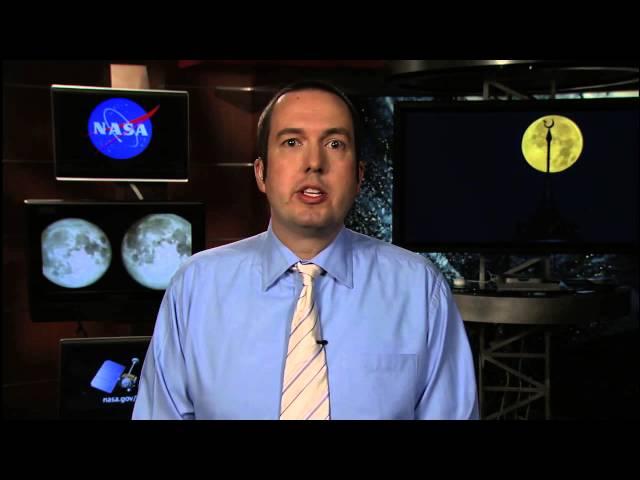
Fourth Supermoon of 2014 – August Skywatching Video
Added 748 Views / 0 LikesFourth Supermoon of 2014 – August Skywatching Video
-
02:08
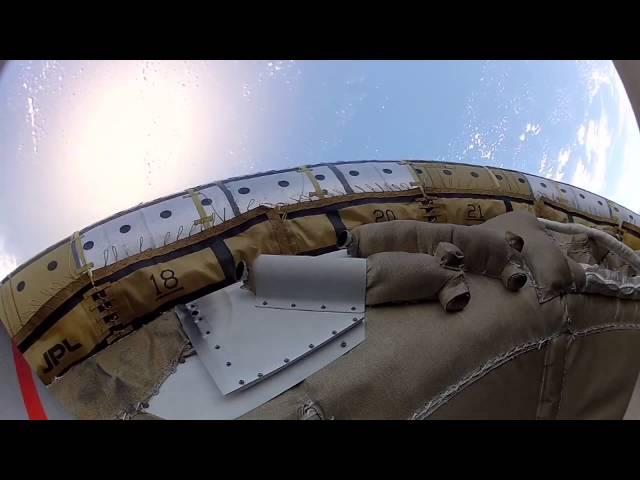
NASA ‘Flying Saucer’ Aerobrakes From Supersonic Speed| Video
Added 720 Views / 0 LikesNASA ‘Flying Saucer’ Aerobrakes From Supersonic Speed| Video
-
03:05

SKYLON Space-Plane Will Be Both Truck and Bus | Video
Added 673 Views / 0 LikesSKYLON Space-Plane Will Be Both Truck and Bus | Video
-
04:44
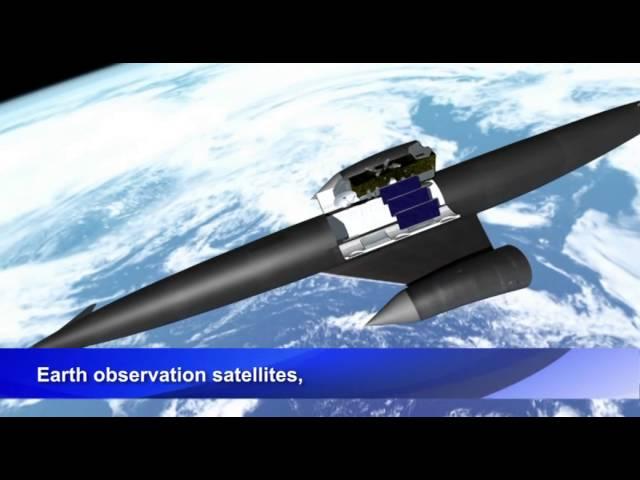
One Space-Plane To Rule Them All: SKYLON | Video
Added 588 Views / 0 LikesOne Space-Plane To Rule Them All: SKYLON | Video
-
03:10

Rosetta’s Long Road to Rendezvous With Its Comet | Video
Added 696 Views / 0 LikesRosetta’s Long Road to Rendezvous With Its Comet | Video
-
05:02
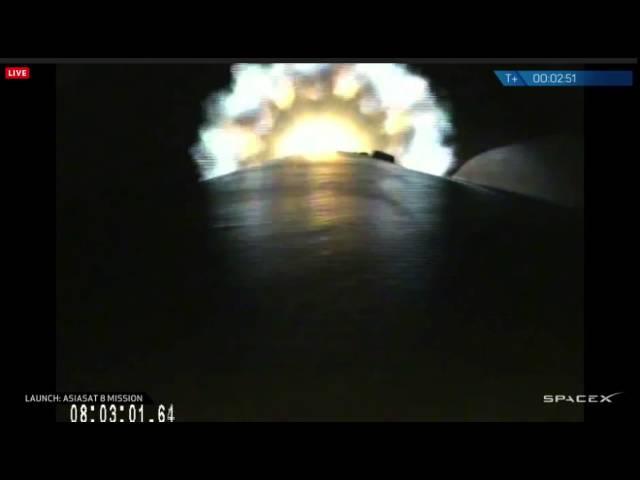
SpaceX Launches AsiaSat With Falcon 9 Rocket | Video
Added 794 Views / 0 LikesSpaceX Launches AsiaSat With Falcon 9 Rocket | Video
-
01:40
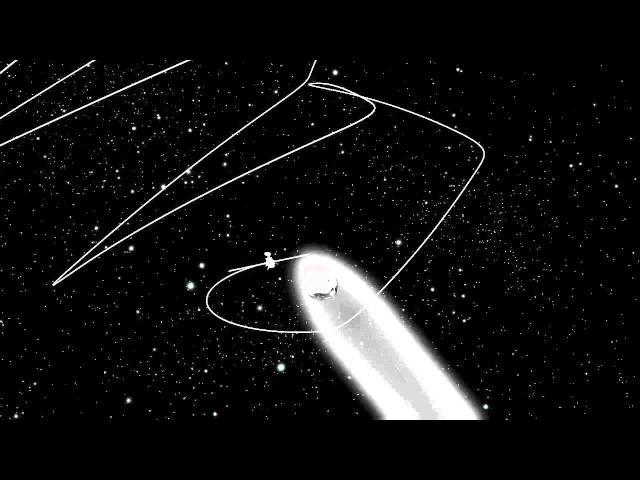
Rosetta Probe Will Spiral In To Comet
Added 871 Views / 0 LikesRosetta Probe Will Spiral In To Comet
-
01:17

North Korea Looks Strangely Dark From Space In Asia Fly-Over | Video
Added 1,519 Views / 0 LikesNorth Korea Looks Strangely Dark From Space In Asia Fly-Over | Video
-
00:37
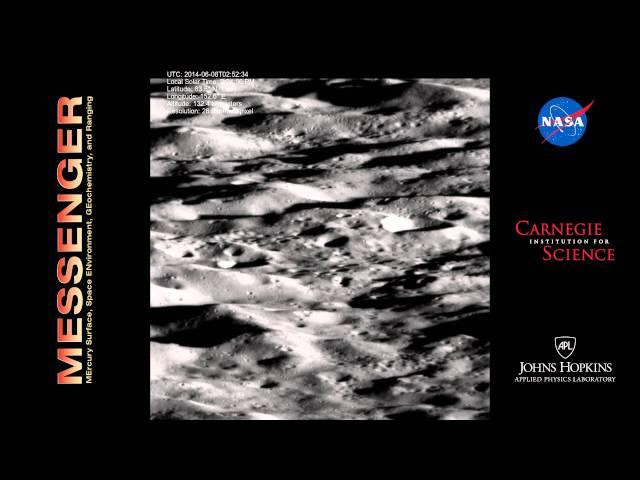
Mercury Looks Utterly Desolate To NASA Probe | Video
Added 573 Views / 0 LikesMercury Looks Utterly Desolate To NASA Probe | Video
-
04:57
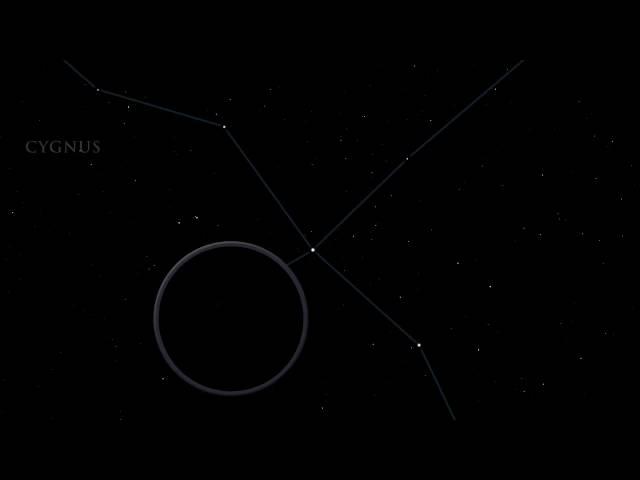
Cygnus and the Summer Triangle - August 2014 Constellation Skywatch | Video
Added 892 Views / 0 LikesCygnus and the Summer Triangle - August 2014 Constellation Skywatch | Video
-
03:42
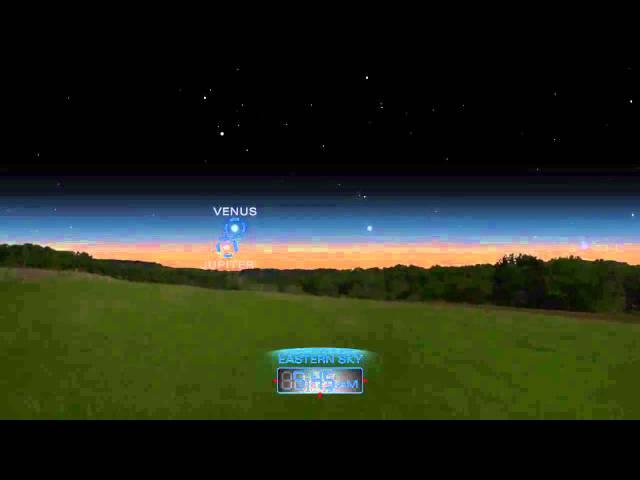
Planets Converge While Perseids Reign In August 2014 Skywatching | Video
Added 827 Views / 0 LikesPlanets Converge While Perseids Reign In August 2014 Skywatching | Video
-
00:30
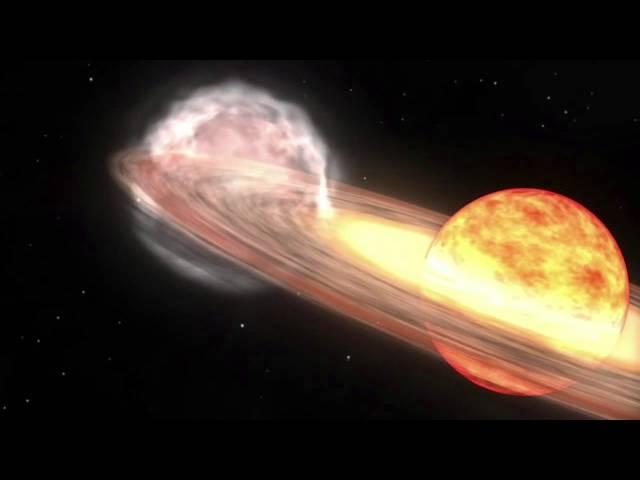
White Dwarf + Red Giant = Thermonuclear Explosion | Animation
Added 821 Views / 0 LikesWhite Dwarf + Red Giant = Thermonuclear Explosion | Animation
-
09:01

Aquanautics: Why Astronauts Train Underwater | Video
Added 1,038 Views / 0 LikesAquanautics: Why Astronauts Train Underwater | Video
-
01:36
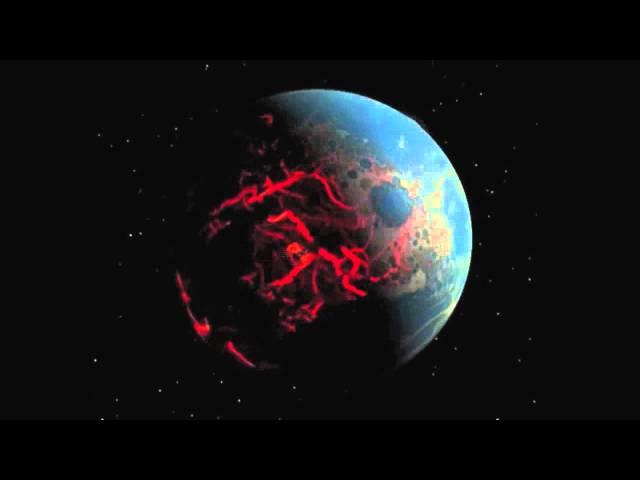
Ancient Earth: Pummeled, Cracked and Oozing Magma | Scientific Visualization
Added 769 Views / 0 LikesAncient Earth: Pummeled, Cracked and Oozing Magma | Scientific Visualization
-
00:50

Double Star Is Forming Planets At Funky Angles | Video
Added 805 Views / 0 LikesDouble Star Is Forming Planets At Funky Angles | Video
-
06:04

Final ATV Cargo Spacecraft Launched To Space Station | Video
Added 746 Views / 0 LikesFinal ATV Cargo Spacecraft Launched To Space Station | Video
-
02:53
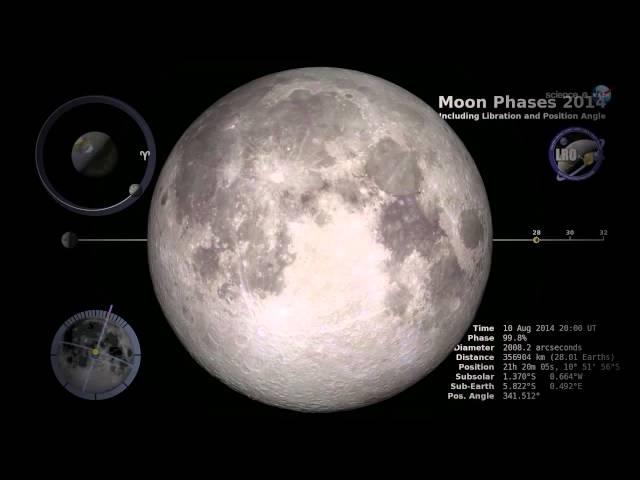
Supermoon vs. Perseids Meteors - Battle in August | Video
Added 709 Views / 0 LikesSupermoon vs. Perseids Meteors - Battle in August | Video
-
01:55

50 Years Ago: Ranger Mission 'Slammed Into Moon' | Video
Added 710 Views / 0 Likes50 Years Ago: Ranger Mission 'Slammed Into Moon' | Video
